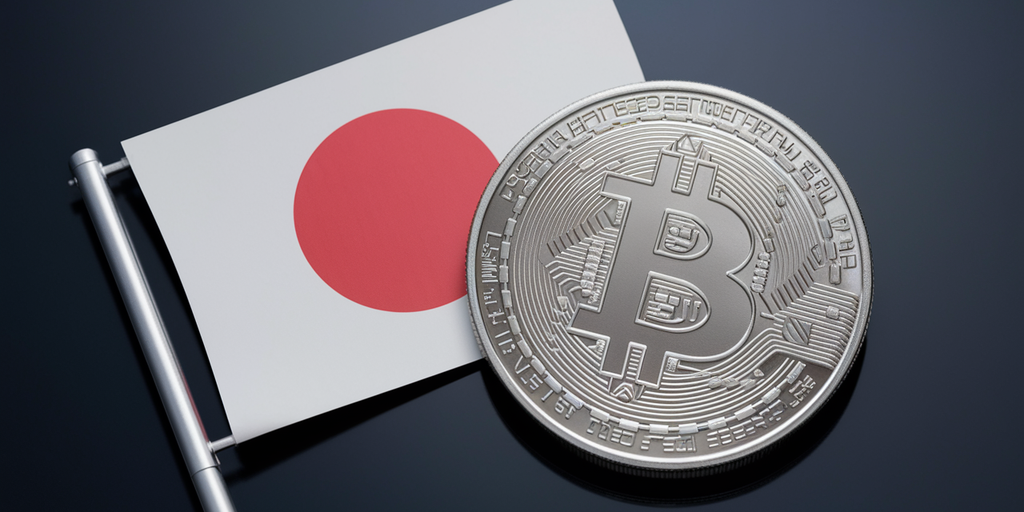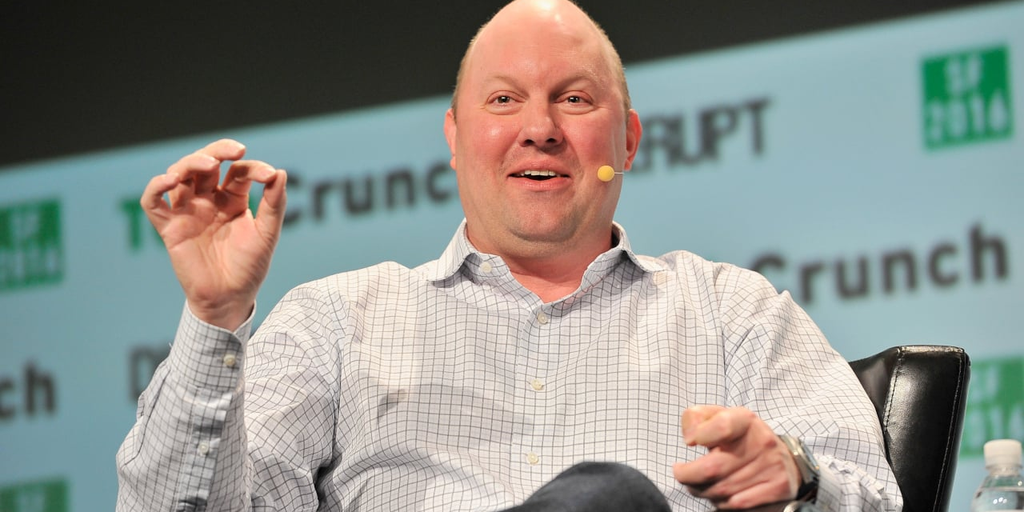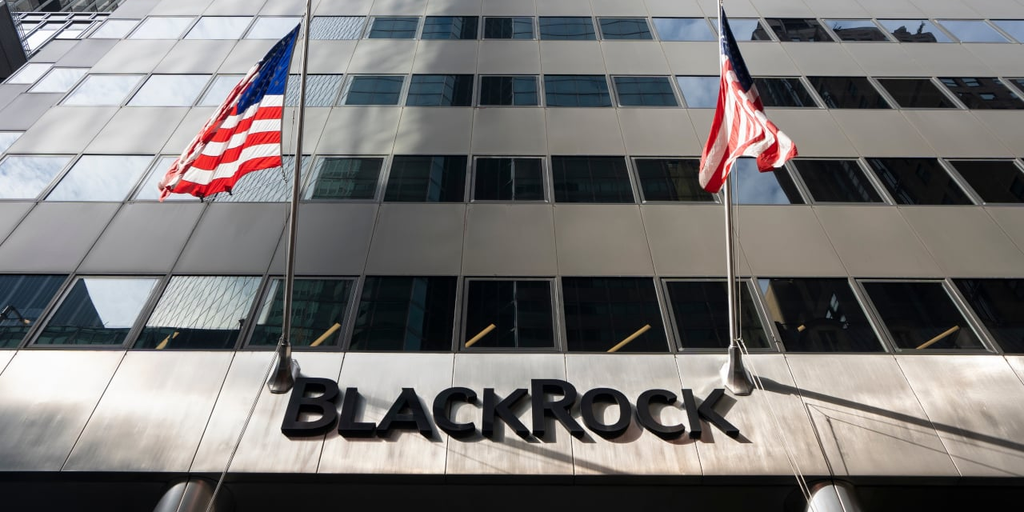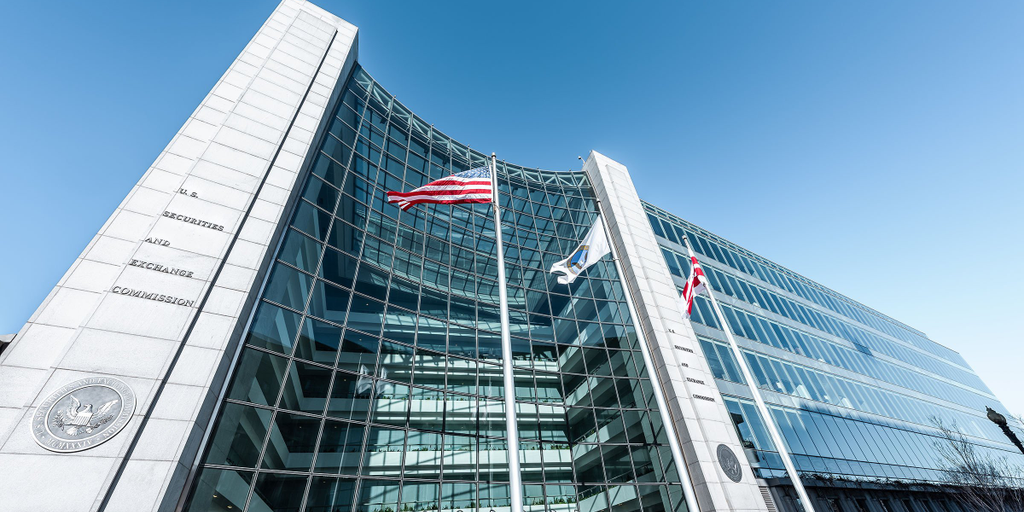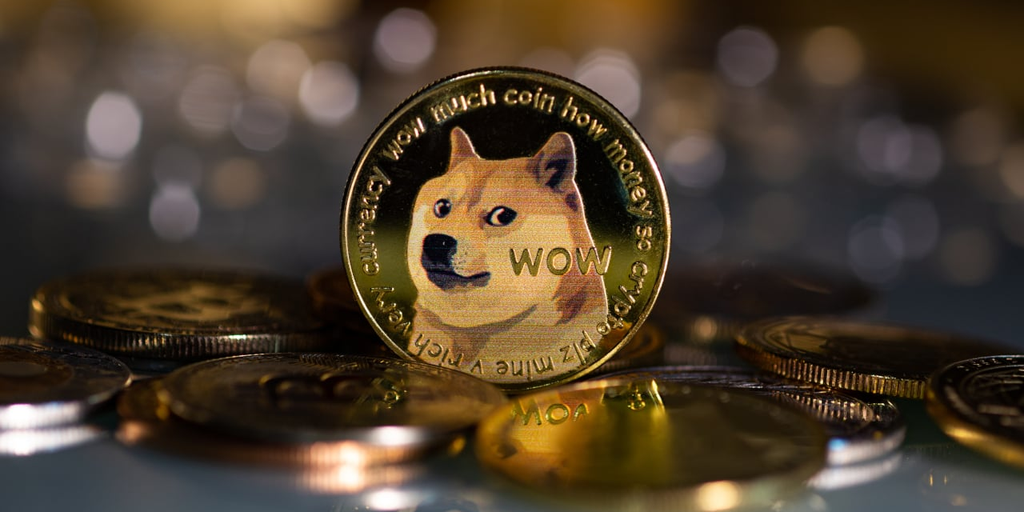In the wake of the complete destruction of the crypto exchange FTX, along with its founder Sam Bankman-Fried’s multi-billion dollar fortune, it appears some financial chicanery is afoot.
Withdrawals and internal balance transfers in the non-American iterations of the exchange have been frozen since the exchange’s collapse earlier this week, leaving billions of dollars in customer funds stranded and irretrievable.
On Thursday, however, FTX announced it had resumed limited withdrawals for clients based in the Bahamas as the result of favorable laws in the country. Images then began to circulate online of an enigmatic account performing daily trades of upwards of $300 million, split into countless trades of around $70,000, considerably more than the account usually traded. Observers wondered whether it was part of a clever, albeit highly illegal, attempt by users outside of the Bahamas to retrieve millions in otherwise frozen funds.
here’s what this is. it’s very sneaky.
it’s person A w/ funds stuck on FTX, and person B with a bahamian kyc’d account.
B makes a market, 738.2@784.1.
A buys B’s offer and sells B’s bid over and over, transferring funds from A’s account to B’s at ~6% of amount each roundtrip https://t.co/5gTtTCDgXs
— Eli Williams (@elitwilliams) November 10, 2022
There are a number of theories. The first is that the account, based outside the United States, is using a variation on a technique called “wash trading” to siphon its assets into safe territory. Wash trading, put simply, is when an account trades against itself to create the illusion of a buzzy market. In this case, one account—let’s call it Account A—is trading with a counterpart, Account B, which is based in the Bahamas.
Eli Williams designs algorithmic market makers and was among the first to notice the odd series of trades. In an interview with Decrypt, he speculated that Account B is acting as a “market maker” for Account A, acting as a buyer for A’s huge trades in a market that is otherwise almost entirely illiquid.
Wash trading, without interference from authentic market interest, lets buyers and sellers basically choose their own prices. Williams’ hunch—and let’s be clear, it is just a hunch, albeit supported by almost everyone in the incestuous online gossip mill in which I am forever ensconced—is that Account A is deliberately selling to Account B at a vast loss, allowing B to pocket a big profit at each trade. That, over time, effectively transfers A’s funds to B, who can then calmly cash them out in whichever sun-drenched Bahama he resides in.
“If they are successful,” Williams explained, “it results in some small percentage of the traded amount being effectively transferred from A to B on each trade, whittling down A’s balance until it goes to zero.”
He explained it again in idiot’s terms: “You sell me an apple for $1, I sell it back to you for $2, you sell it back to me for $1, I sell it back to you for $2 again,” he said. “I now have $2 of yours that I didn’t before.”
And voila! Your millions are home-free.
Of course, not anybody could pull this off. As mentioned, the two parties would have to be sure that no other traders could unwittingly get involved in their scheme—that is, participate as a buyer or seller. It must be a “virtually empty order book,” said Williams. Otherwise, “someone else might trade with you and get in the way of your wash trading.”
Similarly, the amounts traded must be huge, so as to ensure the takings from each manufactured “loss” are large enough to be worth it. “My intuition is it doesn’t make sense to risk it, legally, unless the amounts are very large,” said Williams. “If you have $18 million on an exchange you can afford to hire high octane legal representation if it comes to that.” (By “that” I assume he means some kind of indictment—this is market manipulation we’re talking about.)
More importantly, the two parties would also have to have known each other beforehand. “It can only be done between two parties who have previously agreed to terms and know the market and timing of trades,” said Williams. They may have reached out to one another on Twitter, A might have bribed B over (or indeed under) the counter, or—more likely—it’s “all executed by one party who has a set of API keys for both A’s and B’s accounts.”
Which brings us to the question: Who could this auto-arbitrageur be?
It’s hard to tell. The culprit would have to be very wealthy, and, possibly, based in the Bahamas. Some have suspected a popular trader known as Algod, who was seen to have done a number of suspicious trades, but Algod has stringently denied any meddling.
Apparently this is a Bahamas account withdrawing other people’s funds for them.
They are likely bypassing the internal balance transfers block by selling NFTs on FTX’s NFT marketplace — eg. Bahamas account creates an NFT, the stuck user buys the NFT with their full balance. https://t.co/VphzwQprdQ
— Cobie (@cobie) November 11, 2022
Neither is Williams’ the only theory about what, exactly, the mysterious accounts are up to. Jordan Fish, the host of the crypto-themed UpOnlyTV podcast, speculated that the Bahamian account was actually buying up NFTs conjured up by Account A. The “Bahamas account creates an NFT, [and] the stuck user buys the NFT with their full balance,” he tweeted.
“This appears to be the first recorded case of NFT utility in existence,” Fish added.
Disclaimer
The views and opinions expressed by the author are for informational purposes only and do not constitute financial, investment, or other advice.
Stay on top of crypto news, get daily updates in your inbox.
Source link





